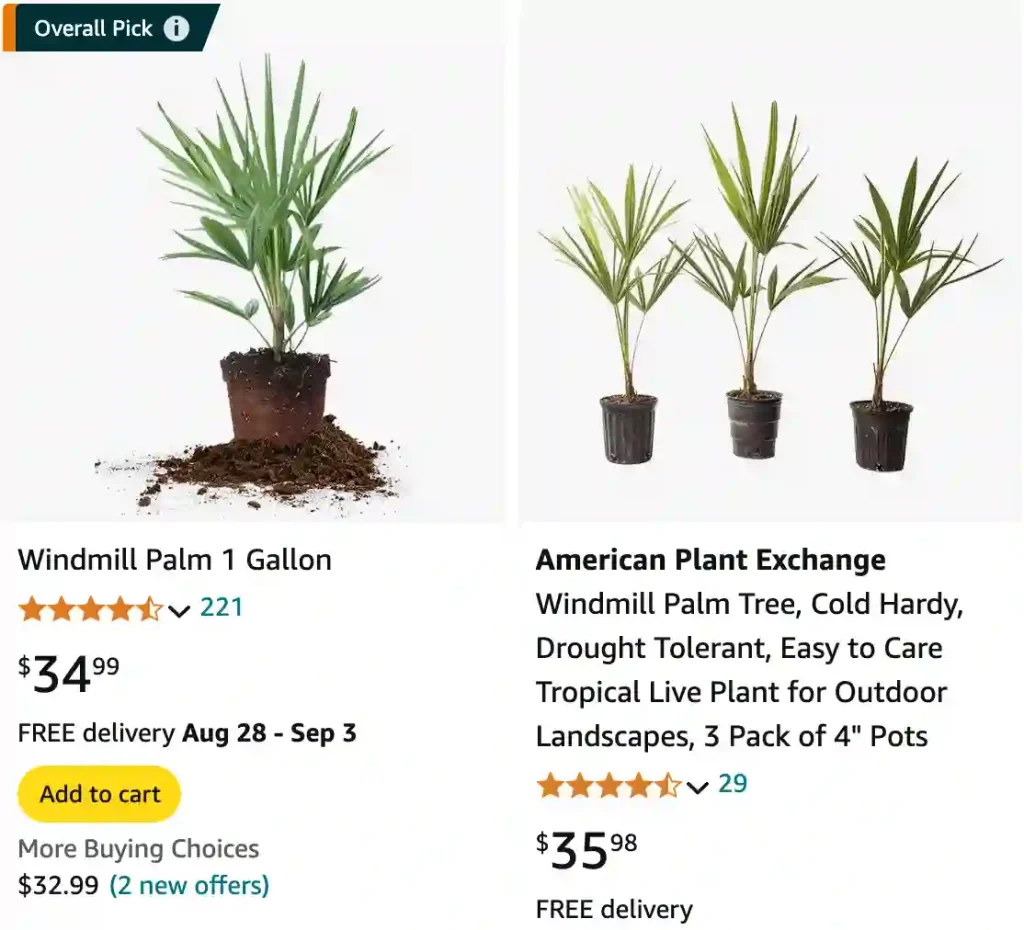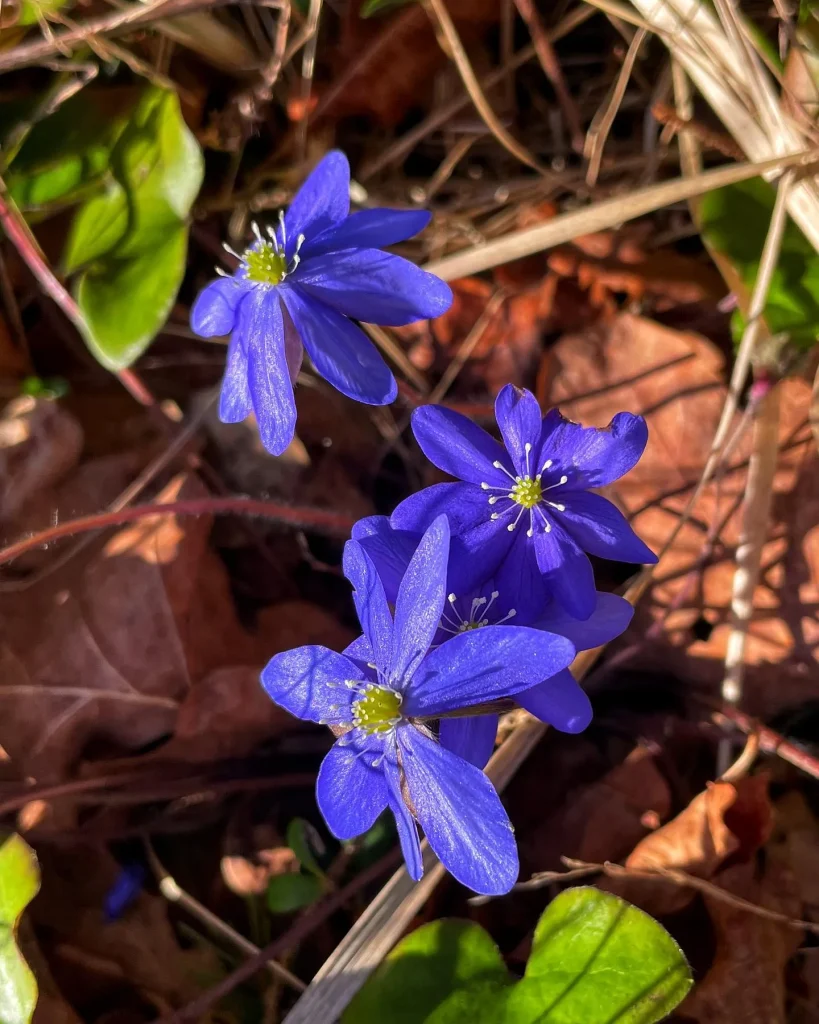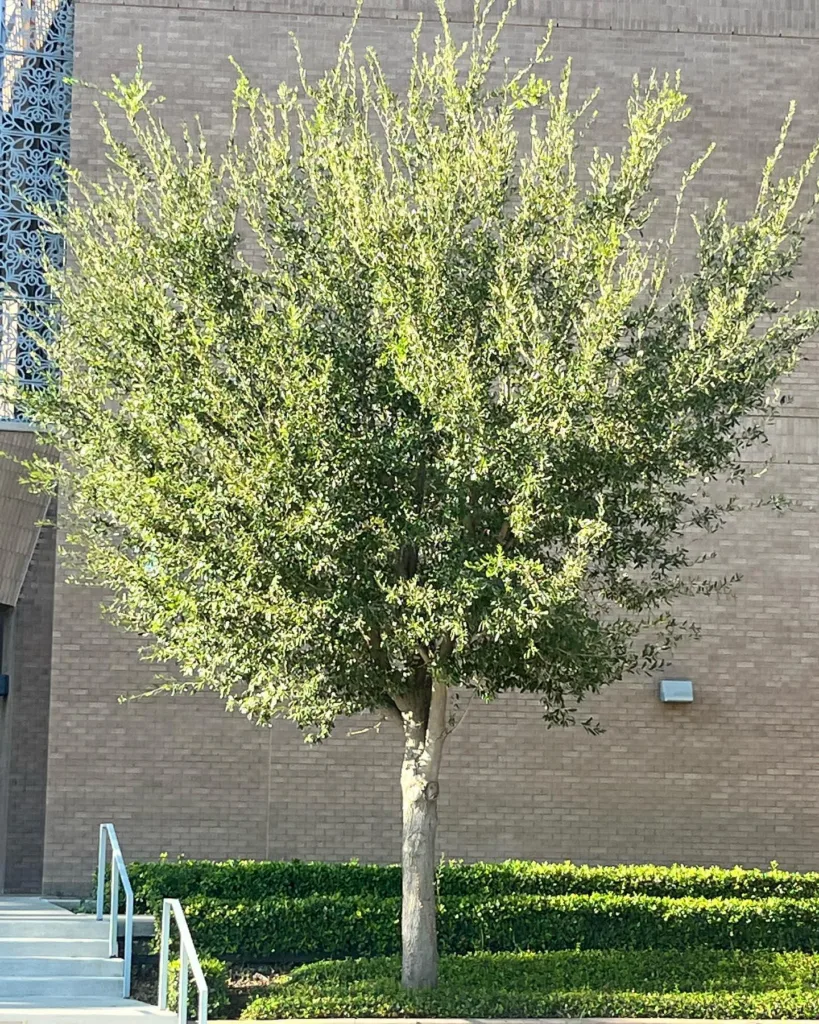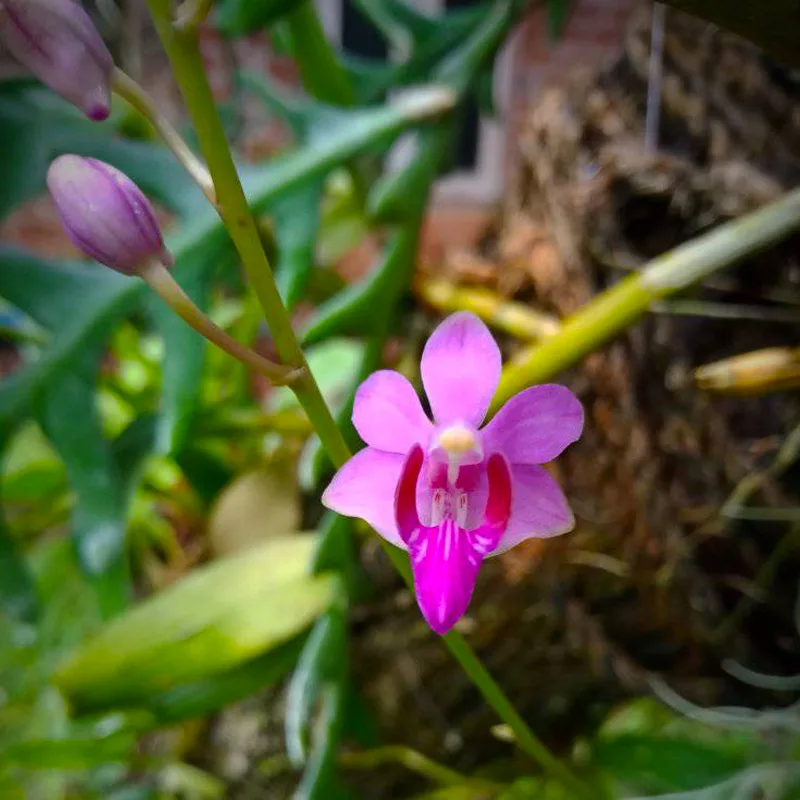
Frequently Asked Questions About Windmill Palms
Windmill Palms or Trachycarpus Fortunei belong to the Arecaceae family,are an intriguing addition to any landscape, bringing a touch of the tropics to various environments. These palms are known for their hardiness and distinctive fan-like fronds. I’ve had quite an experience with them, so I thought I would address some common questions people have about these fascinating plants.
Plant Family: 184 Genera in Arecaceae
How Fast Do Windmill Palms Grow?
Windmill Palms have a moderate growth rate, typically growing about 6 to 12 inches per year. Although they aren’t the fastest-growing palms, their growth rate is steady. In optimal conditions, like well-drained soil and adequate sunlight, you can see a noticeable difference in size each year.
How Tall Do Windmill Palms Get?
Windmill Palms can grow to be quite tall. On average, they reach heights of 10 to 20 feet, with some specimens growing up to 40 feet under the right conditions. However, their height can be managed with pruning, which makes them versatile for various landscape designs.
How to Plant a Windmill Palm?
Planting a Windmill Palm is relatively straightforward. First, choose a location that receives partial to full sunlight, as these palms thrive in such conditions. Dig a hole that is twice the width of the root ball and just as deep. Place the palm in the hole, ensuring it’s upright, then fill the hole with soil. Water the palm thoroughly to settle the soil. Adding mulch around the base helps retain moisture and keeps weeds at bay.
How Big Do Windmill Palms Get?
Windmill Palms can spread out to about 6 to 10 feet in width. This spread comes from their large, fan-shaped fronds that give them a lush, tropical appearance. It’s important to give them enough space to grow when planting them near structures or other plants.
Are Windmill Palm Trees Poisonous to Dogs?
Fortunately, Windmill Palms are not toxic to dogs or other pets. This makes them a safe choice for households with curious animals. You can enjoy the beauty of these palms without worrying about the safety of your furry friends.
Are Windmill Palms Cold Hardy?
Yes, Windmill Palms are known for their impressive cold hardiness. They can withstand temperatures as low as 5°F (-15°C), which is rare for palm species. This resilience makes them a popular choice for gardeners in cooler climates who still want a tropical feel in their gardens.
Can Windmill Palms Grow in Pots?
Absolutely, Windmill Palms can thrive in pots, especially when they are young. Choose a pot that is large enough to accommodate the growing root system and ensure it has good drainage. Potted Windmill Palms can add a touch of greenery to patios or balconies and can be moved indoors during extreme weather.
Do Windmill Palms Like Full Sun?
Windmill Palms do well in full sun, but they can also tolerate partial shade. Ideally, they should receive at least 4 to 6 hours of sunlight daily. In hotter climates, some afternoon shade can prevent the fronds from getting scorched.
Windmill Palm vs. Fan Palm
Windmill Palms and Fan Palms may look similar at first glance, but there are some differences. Windmill Palms (Trachycarpus fortunei) have a more slender trunk and smaller, more compact fronds, while Fan Palms generally have larger leaves and can grow taller. Additionally, Windmill Palms are more cold-hardy than many Fan Palm species.
Windmill Palm vs. Pindo Palm
Comparing Windmill Palms to Pindo Palms (Butia capitata), you’ll notice that Pindo Palms have blue-gray, feather-like fronds and produce edible fruit. Windmill Palms, on the other hand, have fan-shaped leaves and are primarily grown for their ornamental value. Pindo Palms are also less cold-hardy compared to Windmill Palms.
Windmill Palm vs. Sabal Palm
Sabal Palms (Sabal palmetto) are often confused with Windmill Palms due to their similar fan-shaped leaves. However, Sabal Palms have a thicker trunk and can grow taller, up to 65 feet. Sabal Palms are also native to the southeastern United States and prefer more warmth compared to the cold-hardy Windmill Palms.
How to Care for Windmill Palms?
Caring for Windmill Palms is relatively easy. They require regular watering, especially during their first year of growth, to establish a strong root system. After that, they are drought-tolerant but still appreciate deep watering during dry spells. Fertilize them once or twice a year with a palm-specific fertilizer to promote healthy growth. Pruning dead fronds also helps maintain their appearance.
How to Propagate Windmill Palms?
Propagating Windmill Palms is typically done through seed. Harvest the seeds from the palm’s fruit, clean them, and soak them in water for a few days. Plant the seeds in a well-draining potting mix and keep them moist. Germination can take several weeks to a few months, so patience is key.
What to Plant with Windmill Palms?
Windmill Palms pair well with other tropical or subtropical plants. Consider planting them alongside ferns, hibiscus, or agapanthus for a lush, layered look. Their tall, narrow stature makes them excellent companions to lower-growing plants.
Common Problems with Windmill Palms
Like all plants, Windmill Palms can face a few problems. Overwatering can lead to root rot, while under-watering can cause browning of the fronds. Pests like scale insects or spider mites may occasionally be an issue, but they can usually be managed with appropriate treatments.
Windmill Palms are versatile, beautiful additions to any landscape. Their cold hardiness, moderate growth rate, and adaptability make them a popular choice among gardeners. Whether planted in the ground or in pots, they bring a touch of tropical elegance to various settings.
If i die, water my plants!



